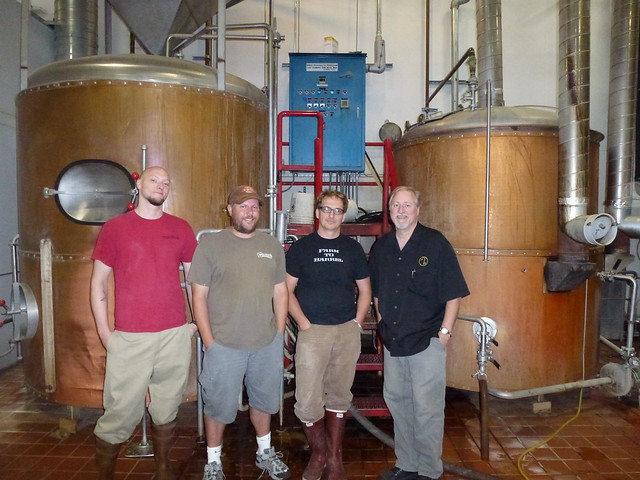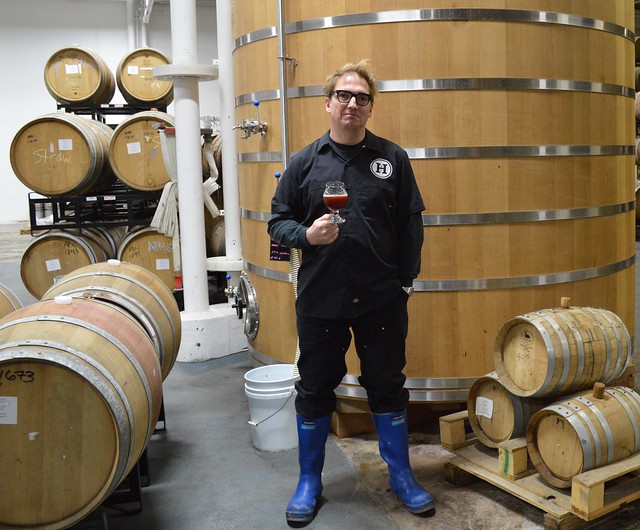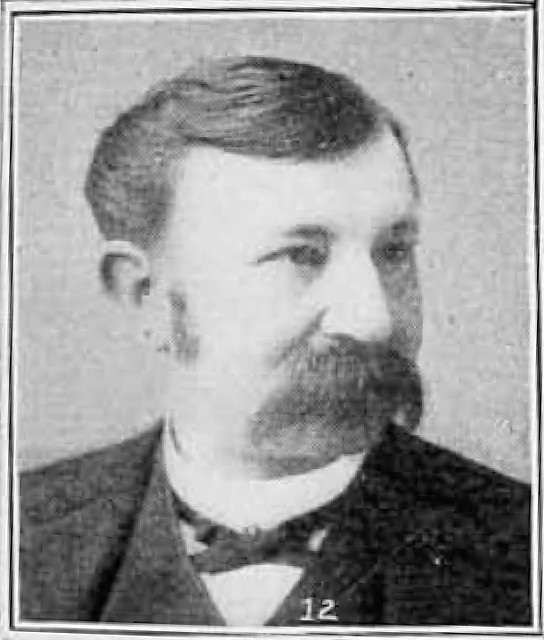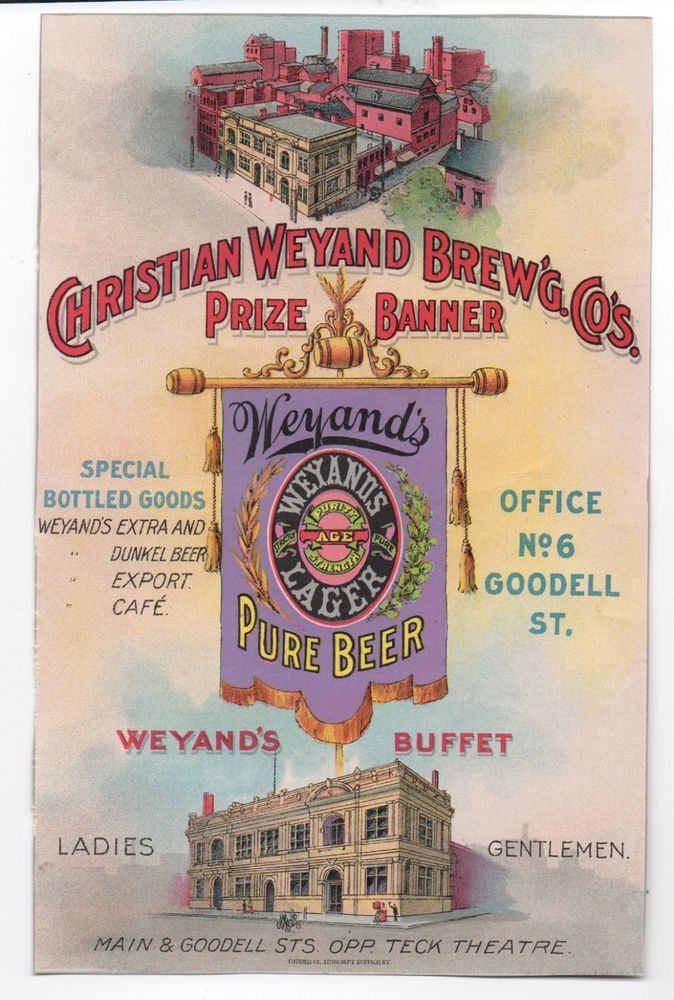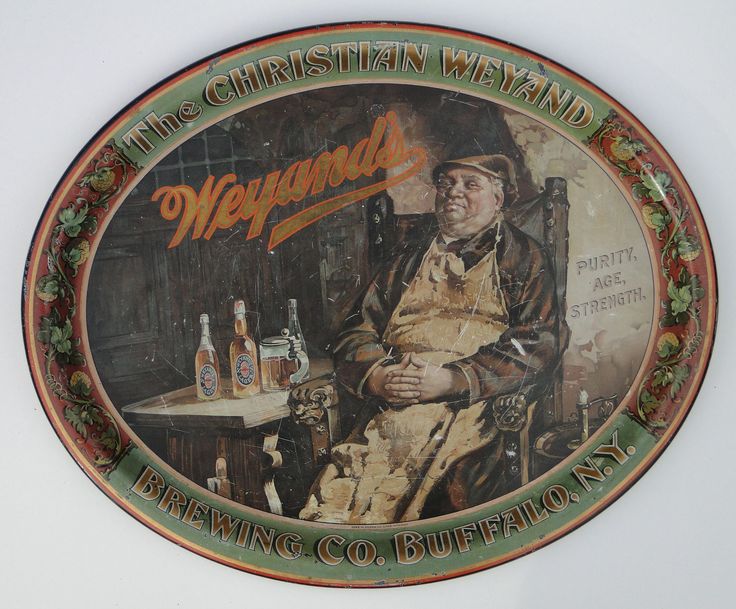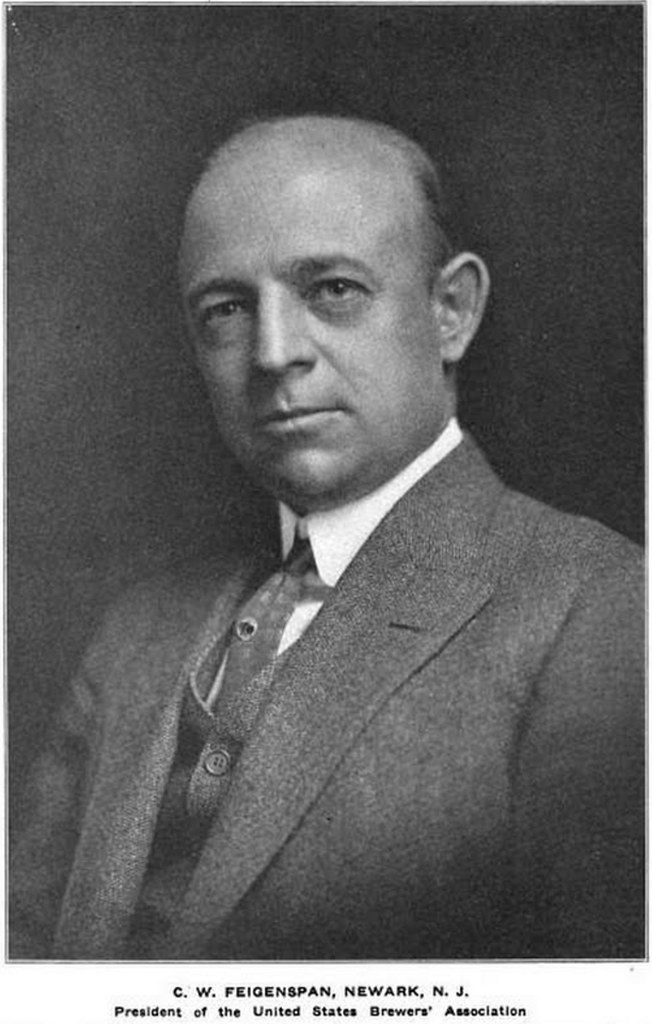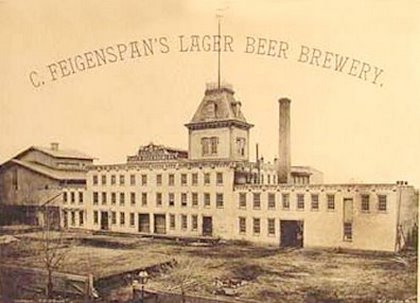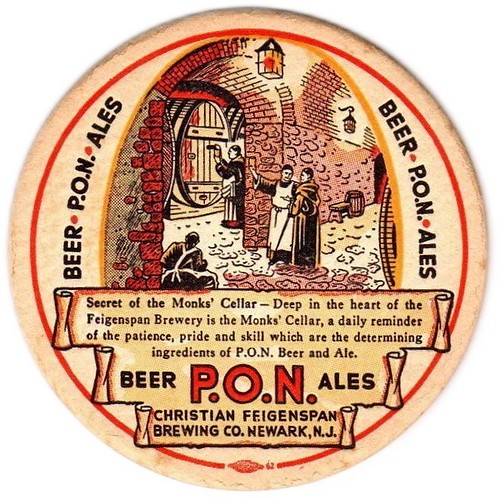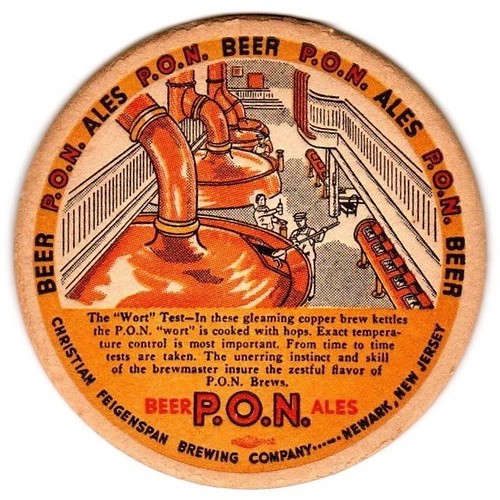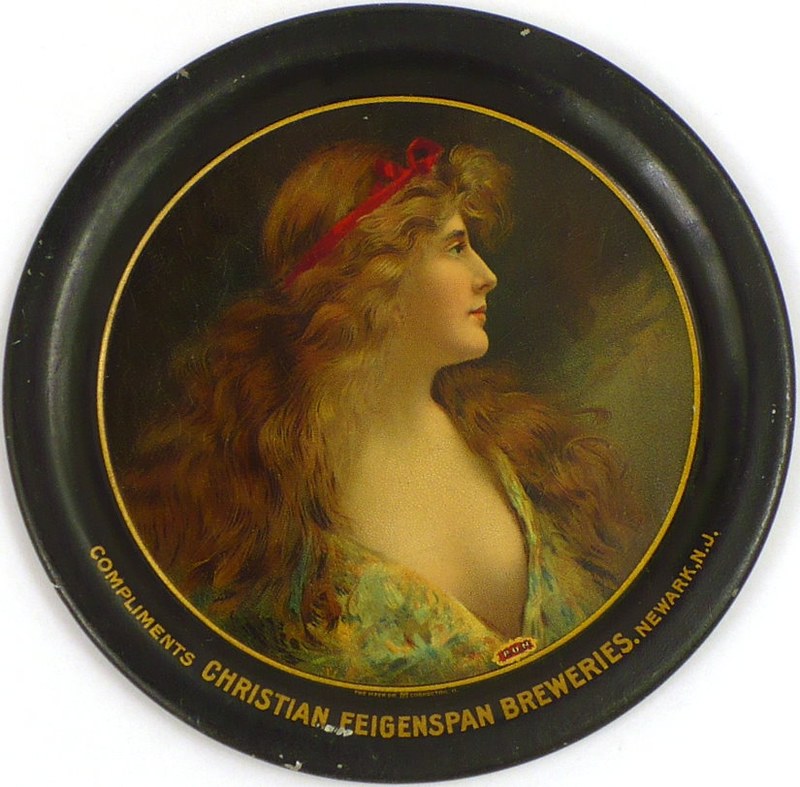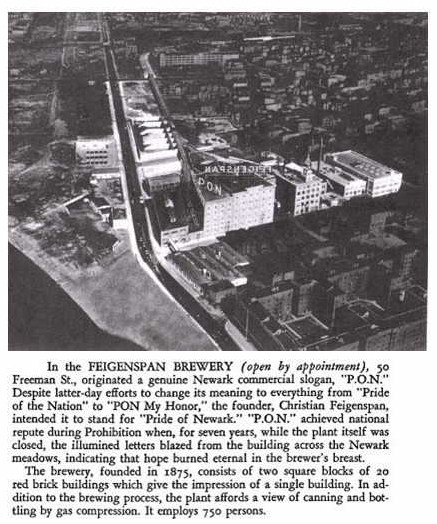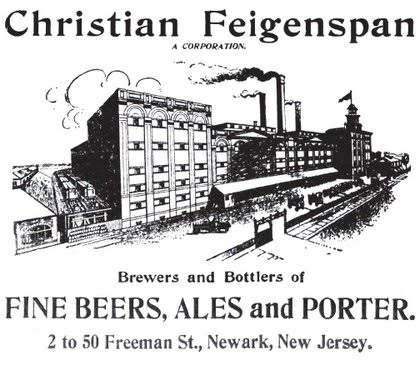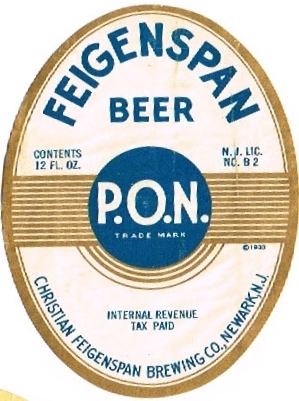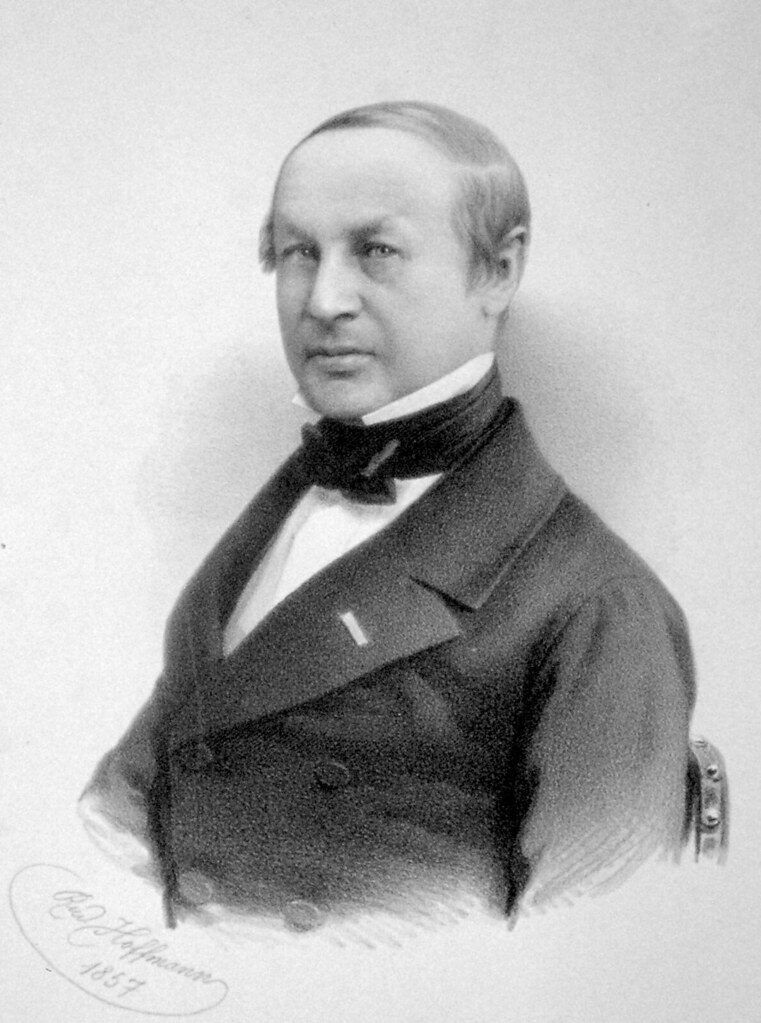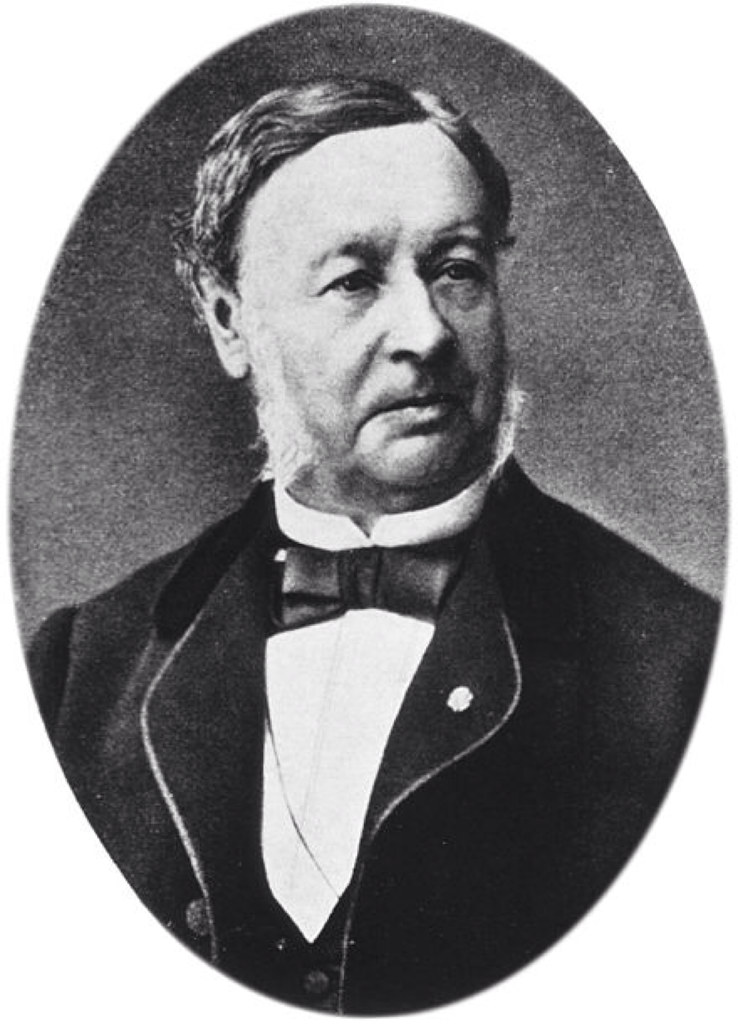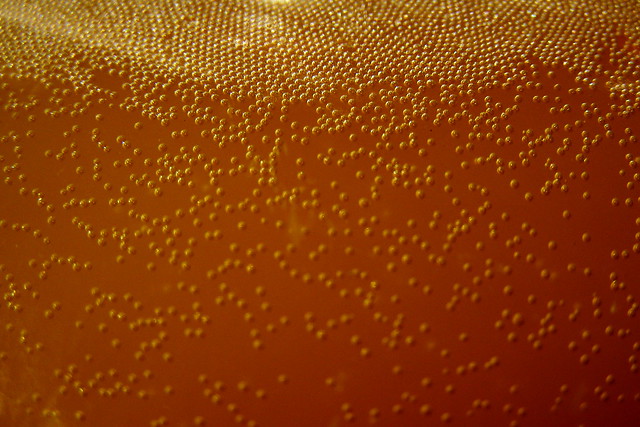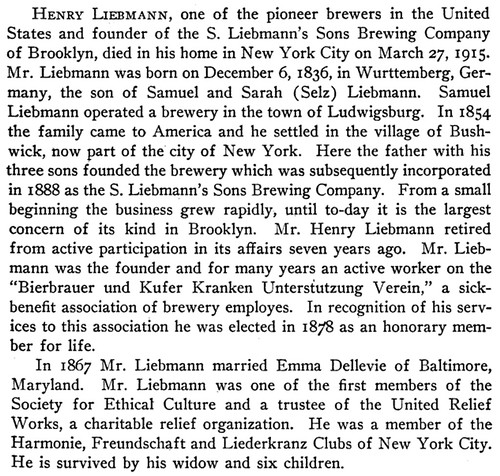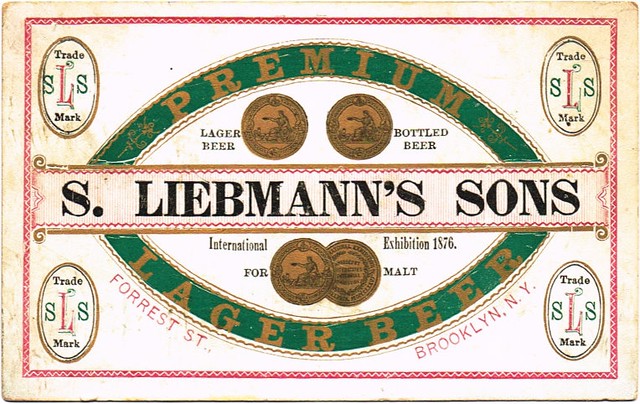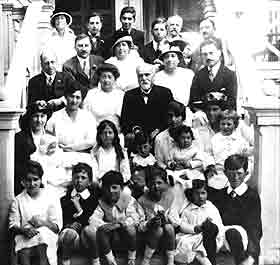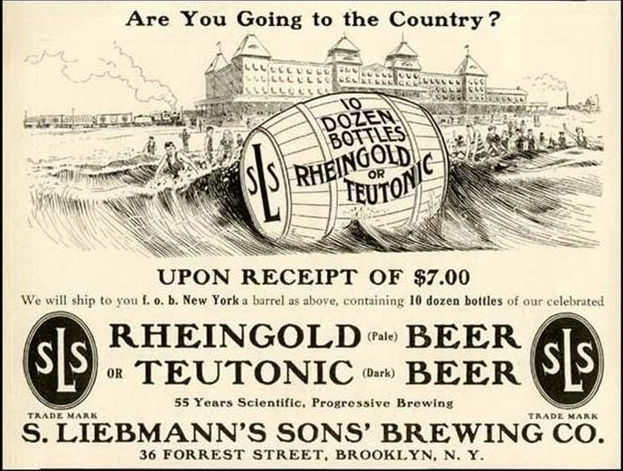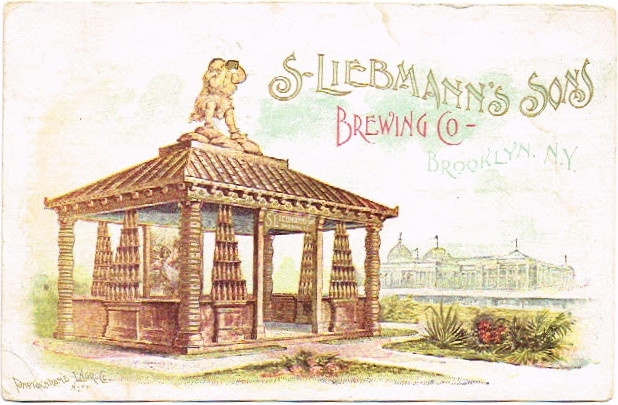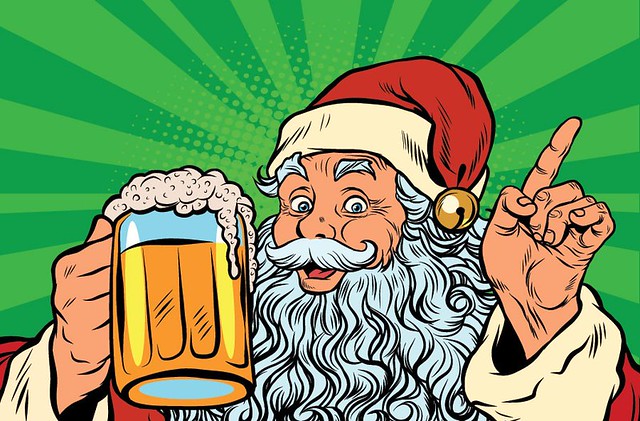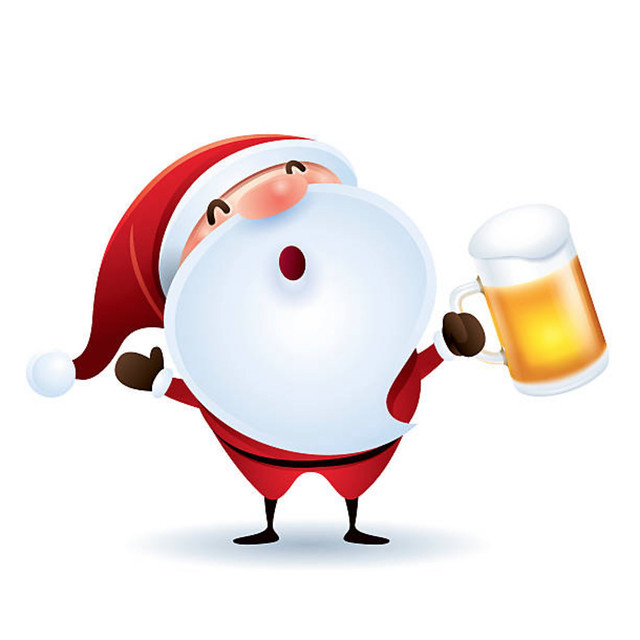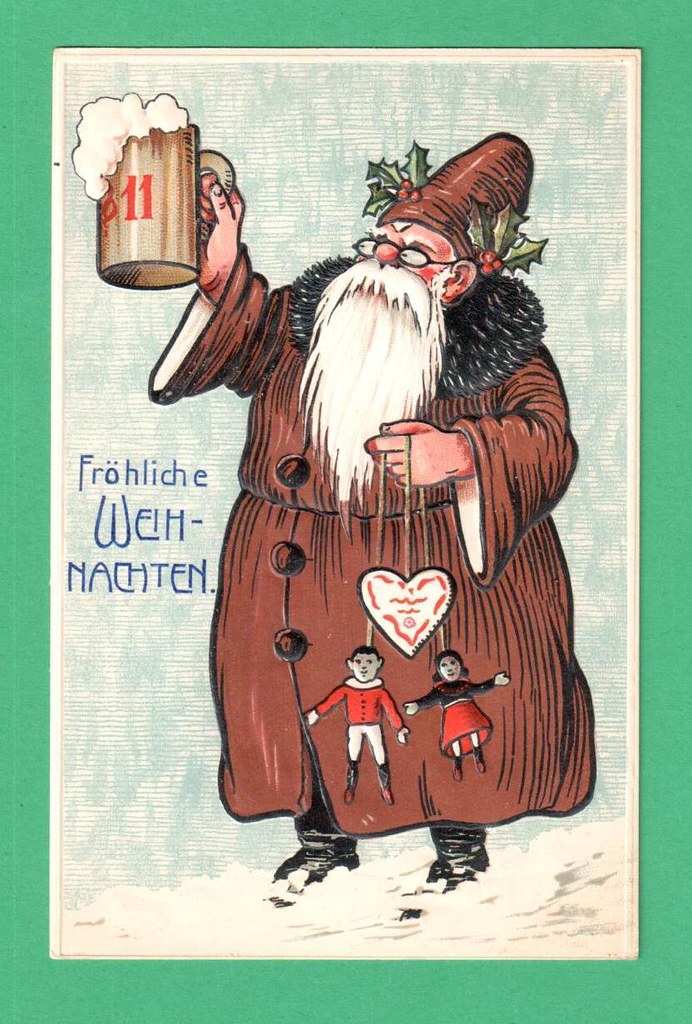![]()
Today is the birthday of Charles N. Hamm (December 8, 1886-October 16, 1918). This is one of the brewer’s birthdays I know the absolute least about. What little I know came from a snippet from a genealogical page about the family that bought the Hamm’s family brewery in 1932, although the Jung’s had apparently been leasing it for many years before that, possibly as early as 1918. Charles N. Hamm and his family, as far as I can tell, owned and possibly founded (although it seems more likely they bought in to) the Silver Lake Brewery, which was founded in Random Lake, Wisconsin in 1866. Charles’ father, Carl Hamm, was born in 1853, in Baden-Württemberg, Germany so it seems unlikely he started a brewery in Wisconsin when he was thirteen, plus records indicate he came to the U.S., initially New York, in 1872, and didn’t settle in Wisconsin until at least 1883, which is where his son Charles was born.
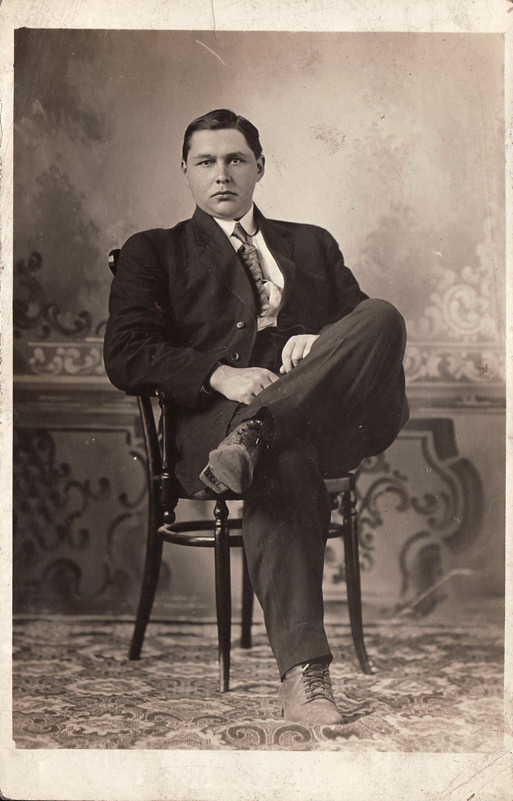


Random Lake, Wis. today, with a population as of the 2010 census of 1,594.



